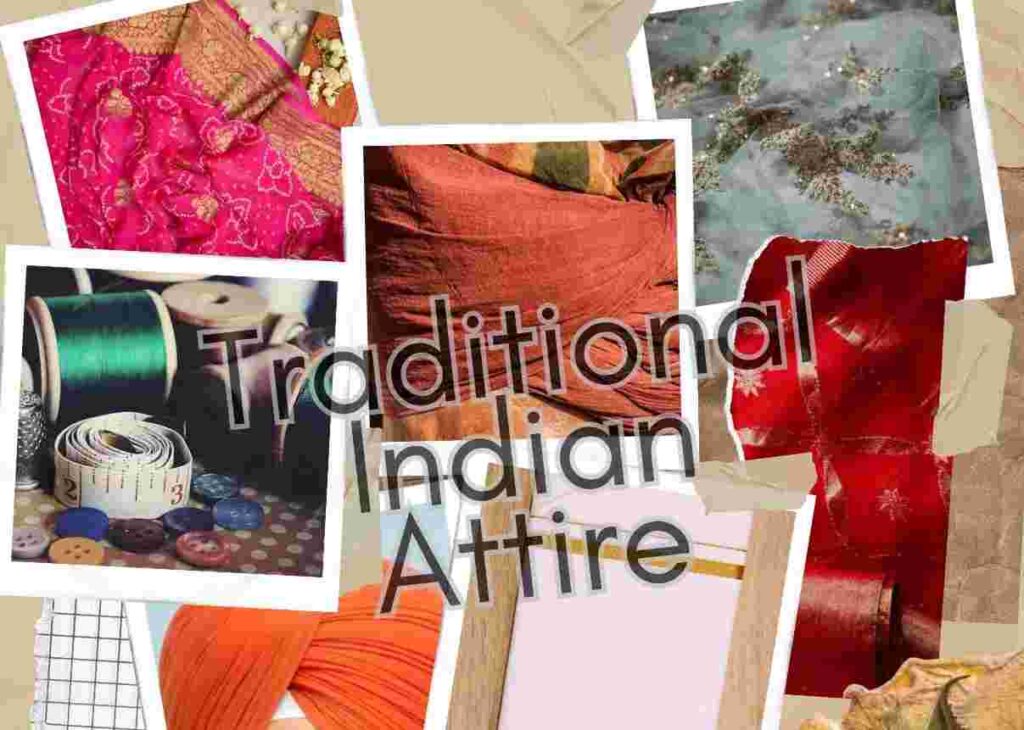
India, a land of immense cultural diversity, enriched traditions, and a vivid heritage, weaves its narratives through the elaborate fabric of clothing. From the bustling marketplaces of Lucknow to the serene lanes of Kerala, traditional Indian clothing offers a captivating array of colors, styles, and regional nuances. Let’s embark on a journey through time and explore the fascinating world of traditional Indian attire.
Saree: The Embodiment of Elegance The saree, India’s quintessential garment, envelops women in grace and elegance. With its six yards of fabric, it carries within it centuries of tradition. Each region boasts a unique style of saree, from the Kanjeevaram silk of Tamil Nadu to the delicate Chanderi of Madhya Pradesh. The saree is not just an outfit; it’s a canvas for intricate embroidery, hand-painted motifs, and timeless craftsmanship.
Salwar Kameez: Where Comfort Meets Tradition The salwar kameez ensemble harmoniously blends comfort with tradition. The kameez, a long tunic, pairs with loose-fitting pants (salwar) and a flowing dupatta. Originating in the Mughal era, this attire has evolved over time. From the regal Anarkali suits with their flared silhouettes to the simpler Punjabi suits, the salwar kameez caters to every occasion.
Lehenga Choli: The Dance of Festivities When celebrations call for opulence, the lehenga choli takes center stage. This three-piece ensemble comprises a flared skirt (lehenga), a fitted blouse (choli), and a sheer veil (dupatta). Embellished with sequins, zari work, and mirror embroidery, the lehenga choli graces weddings, festivals, and dance performances.
Dhoti: The Essence of Masculinity The dhoti, a traditional men’s garment, symbolizes simplicity and elegance. It consists of a rectangular piece of cloth wrapped around the waist and legs. While the mundu in Kerala is pristine white, the dhoti in other regions may feature colorful borders or intricate patterns. It’s worn during religious ceremonies, formal occasions, and cultural events.
Turban: The Emblem of Pride The turban adorns the heads of Indian men with pride and distinction. Its style varies across states – the pagdi in Rajasthan, the pheta in Maharashtra, and the peta in Kerala. Turbans signify social status, occupation, and even marital status. They are more than mere headgear; they are a testament to tradition and honor.
Embroidery: Threads of Artistry Indian clothing wouldn’t be complete without its exquisite embroidery. From the chikankari of Lucknow to the kantha of Bengal, each stitch narrates a story. Techniques like zardozi, gota patti, and mirror work transform fabric into wearable art. Embroidery isn’t just decoration; it’s a celebration of heritage.
Indian clothing transcends mere fabric; it’s a reflection of identity, culture, and history. Whether draped in a saree or adorned in an Anarkali suit, every fold tells a tale. So, the next time you admire the vibrant hues of Indian attire, remember that behind each stitch lies a legacy waiting to be explored.




